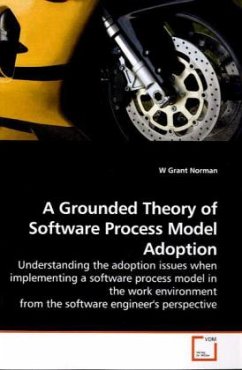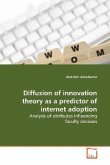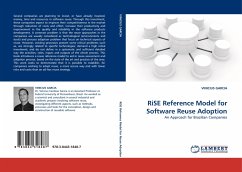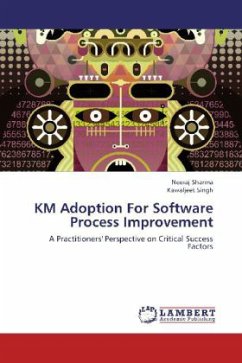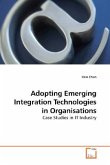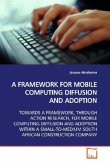This study, using a grounded theory methodology, analyzed data collected from IT professionals on software process improvement (SPI) adoption. The study is presented within a backdrop of organizational change steps described by John P. Kotter in his 1996 book, Leading Change. In the 1990 s, the Department of Defense (DoD) and Carnegie Mellon University (CMU) began work on the Capability Maturity Model (CMM®). In 2001, the model was superseded by a more robust model, the Capability Maturity Model Integration (CMMI®). These models provide descriptive, key process improvement areas for organizations to achieve greater maturity in their software and systems development. Organizations could then be appraised at specific maturity levels. SPI improves quality and reliability of software products. The DoD and other organizations now require companies to be appraised at a certain maturity level prior to being awarded a contract. From the onset, there have been difficulties in the adoptionof these SPI models. Some of these difficulties can be attributed to organizational change issues. This study also provides suggested key organizational change concerns for better SPI adoption practices.
Bitte wählen Sie Ihr Anliegen aus.
Rechnungen
Retourenschein anfordern
Bestellstatus
Storno

